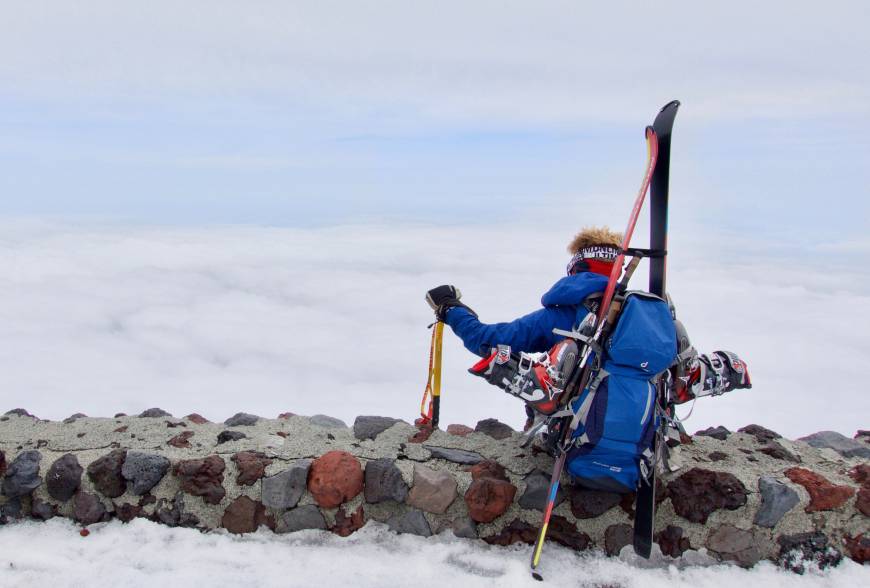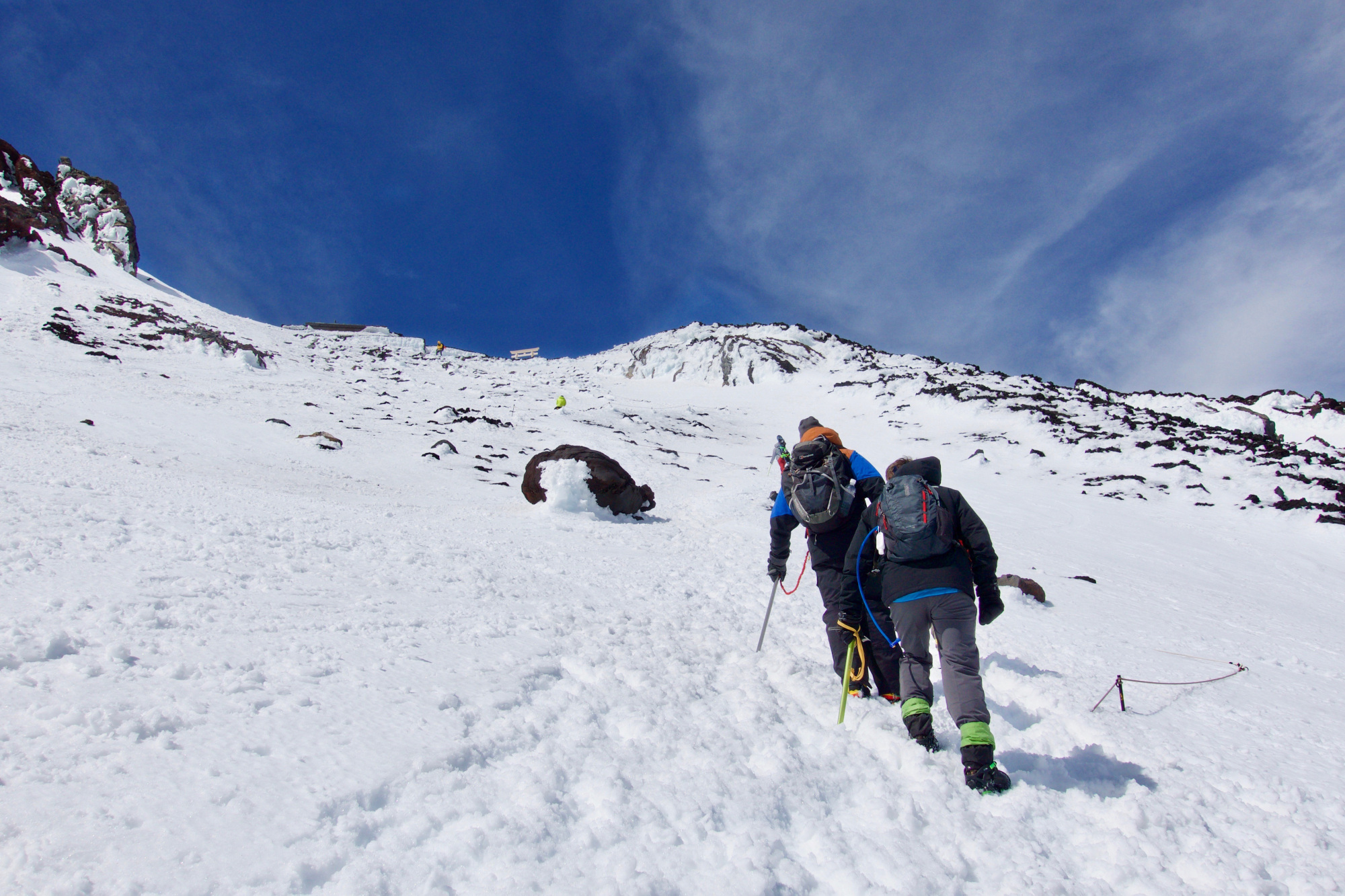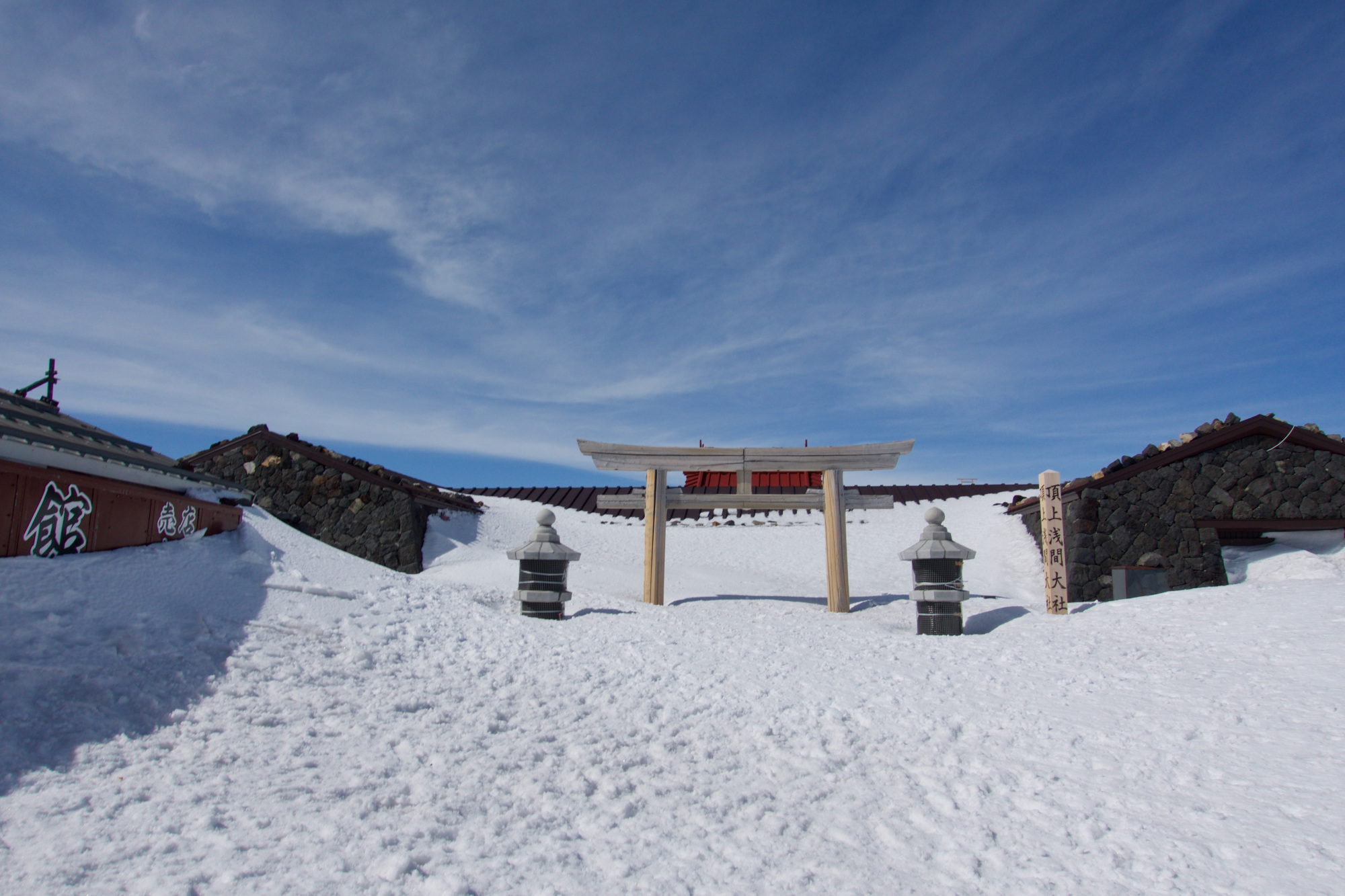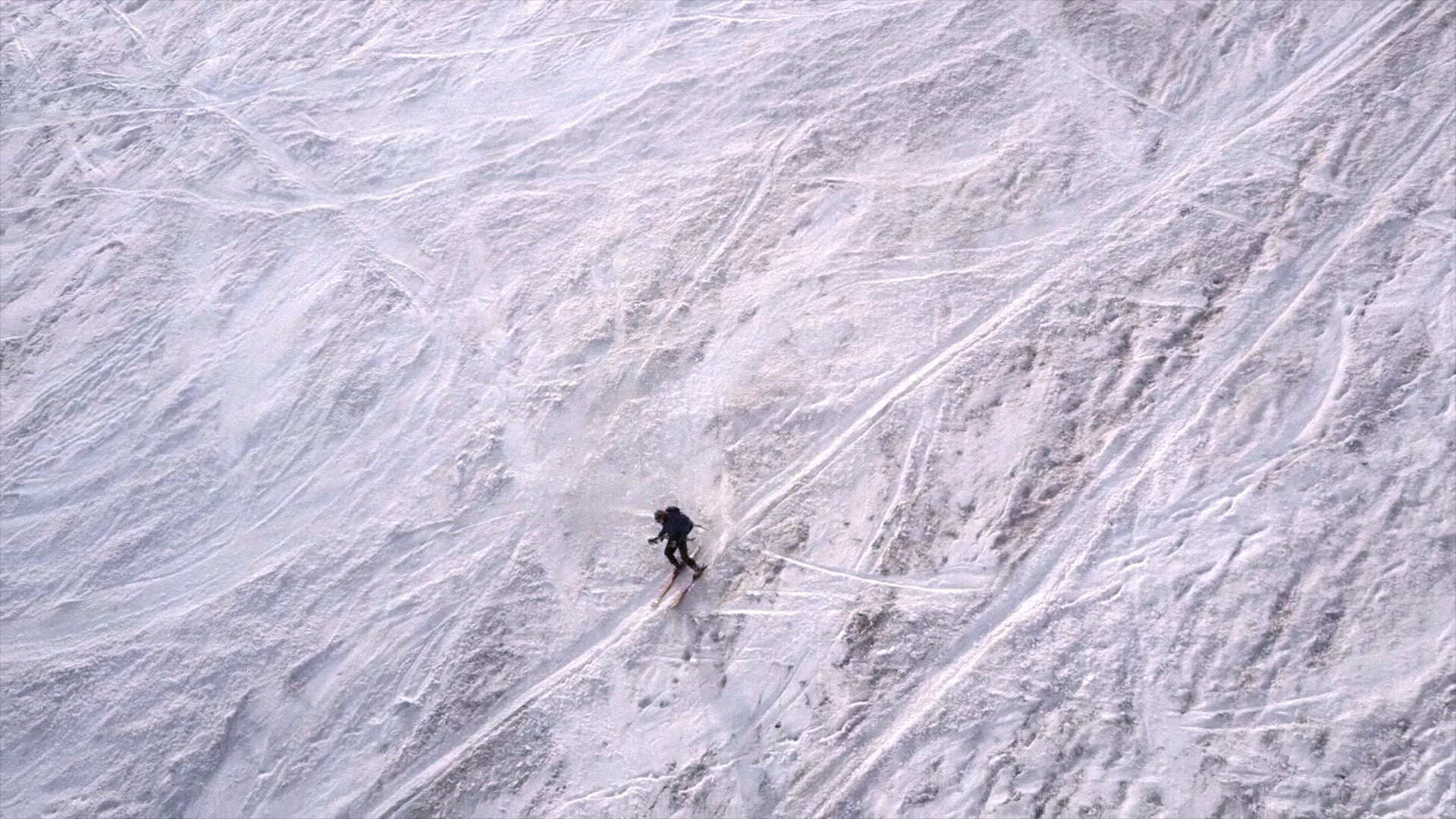Mount Fuji summiting in off-season adventure. Japan's highest mountain peak
Ifirst climbed Mount Fuji in the summer of 2015, a dizzying ascent up the northeastern Yoshida trail accompanied by a group of friends from university who were as keen as I to summit Japan’s tallest mountain.
Full of energy, we left from the fifth station shortly after 11 p.m. with the aim of summiting at 4 a.m. to watch the famous Fuji sunrise.

The hike went well. A little too well. With a summer spring in our step and little gear, we made it to the top in just over three hours and only realized our error as we huddled together for warmth in the wind-shadow of one of the huts at the summit. As we waited for the sun to rise, clear skies and freezing air sucked the warmth from us, while the effort of the climb and the early hour brought on waves of exhaustion.
On the edge of sleep, I found myself being manhandled by a Japanese climber who was busy wrapping my shivering frame in a space blanket. As he put a tin of hot chocolate in my hands, his face portrayed a curious mixture of sympathy and disdain. To him, I was just another climber to have fallen foul of Mount Fuji’s icy grip and, while I returned home unscathed, I was painfully aware of the trouble I could have found myself in at 3,776 meters.
That first climb left a number of impressions, among them the feeling that the mountain was overcrowded. In 2016, 151,969 people climbed the Yoshida trail over the eight-week summer season, an average of 2,500 climbers a day, but concentrated on the weekends. The lack of snow makes summer the safest time to attempt Mount Fuji, but not the most idyllic.
The more I reflected on my climb, the more the idea of an off-season attempt took hold, and I began to research what would be needed. A quick scan of the literature online revealed the story of an exceptionally hostile mountain. Wintery conditions on Fuji are savage; the mountain towers above the surrounding landscape and receives the full force of any incoming weather system.
If it feels windy in Tokyo, the winds at the top of Fuji are likely to be well over 100 kilometers per hour. The slopes are covered in snow, much of which hardens to ice, turning Fuji into an extended skating rink with an average gradient of 27 percent. In a blog post by the mountaineer Chris White, he concludes, “If you do slip (on Fuji), you’ll have at most one chance to self arrest, and if you miss that, then you’re probably taking a highly injurious or fatal one-way trip down the mountain.”
On the verge of abandoning the idea, I discovered Kanto Adventures, which offers guided climbs of Fuji from May through June, when there is still snow on the mountain but conditions are kinder to climbers. The company also offers the opportunity to descend by skis, snowboard or sledge.
After a month of planning over email, I met David Niehoff, the owner of Kanto Adventures, at 5.30 a.m. on a Sunday in May in the backstreets of Shinjuku.
I was joining a group of four other climbers for a one-day summit of Mount Fuji that would see me ski back down, while the rest of the group would descend by sledge. Niehoff has 12 Mount Fuji ascents planned for May and June this year, in addition to guiding climbs on other mountains.
The drive from Tokyo at that time in the morning takes a little over two hours with a stop for breakfast, during which David went over our mountain rescue insurance. Mont Bell provides a two-day-one-night insurance package for only ¥1,000, which includes “relief expenses” of up to ¥3,000,000. During the off-season, with no open huts and no rescue staff on hand, any emergency will likely require helicopter rescue.
David also used the breakfast stop to introduce our route: the Fujinomiya trail, which runs up the south face of the mountain. The trail is difficult to access without personal transportation, but it receives far more sun than the more accessible Yoshida trail, and is therefore less icy. As a final safety precaution, David filed a report to the local police detailing our route in case of emergency.

We started our climb from the Fujinomiya fifth station (2,400 m) at 9 a.m., loading our packs with gear: crampons, ice axe, goggles, gloves, food and drink. Under the sun and out of the wind, we wore only our base layers, hopping a fence that warned of the risks of climbing without proper equipment.
In May, the snow line does not start in earnest until the eighth station (3,250 m) and the lower portion of the climb is mostly the same treacherous scree that trekkers encounter in summer. The climb is steep and, with heavy packs, not easy. With little acclimatization, the air feels noticeably thinner toward 3,000 m.
By the eighth station the temperature had dropped severely and gloves and outerwear became a necessity. Boots were complimented with crampons and we spent 15 minutes practicing self arrests with our ice axes before continuing onto the snow field proper.
On snow, the journey between the eighth station and the 9.5 station (3,590 m) takes around 90 minutes. With skis acting as a sail on my back and the wind gusting at 70 kph, this was the most difficult part of the journey. Though the sun buoyed my mood and I knew that every meter up meant another meter I could ski down, the lack of air became increasingly challenging. As we climbed further, the wind grew in strength to the point that the prospect of not summiting was a distinct possibility
Despite this, we ploughed on and, as we approached the upper slopes, the wind died down somewhat. The 9.5 station marks the final push to the summit, and the steepest and most dangerous section of the mountain. We left our skis and sleds, continuing with just our backpacks.
The final climb requires a traverse across the top of the snowfield, which becomes distinctly icy at points. Up there, crampons can struggle to purchase and ice axes suddenly don’t seem as sharp. Looking down, you can see the snow field running all the way to the eighth station. A slip would be unpleasant to say the least.

We passed under the torii gate that marks the entrance to Fuji’s summit shortly after 2 p.m., completing our five-hour ascent. The wind at the top blew violently and chilled us so quickly that we spent only a few minutes looking across Fuji’s crater before turning to descend. Still, the views were magnificent — the sea of clouds separating us from the valley floor below gave a feeling of surreal detachment and all Japan lay at our feet.
Before we began our descent, David took us to one side for a briefing. “You guys feel pretty good making it up, but remember, it’s not over until we reach the car. Most accidents happen on the way down.” With this sobering warning and our adrenaline starting to wear off, we moved slowly back to 9.5, relying heavily on our ice axes for support.
Being reunited with my skis was a moment of celebration deserving of its own score. The boots were well and truly frozen, but after some ankle contortions I was clicked in and ready. My first turns were hesitant on unforgiving snow but I was soon enjoying myself. Skiing down Japan’s most iconic mountain has a majesty that manifests itself in pure joy and, while the presence of rocks makes it unsuitable for beginners, it is an experience rivaled by few others.
On skis, a grueling five-hour ascent is undone by a descent that takes just over an hour. You cannot ski the entire way and must walk from the seventh station to the fifth, but even on tired legs this seems trivial compared to the climb. With the car in sight, we were enthralled by our success.

Fuji had one last trick up its sleeve, however. We arrived at the fifth station to the scene of police comforting a woman on her knees, crying. A helicopter hovered overhead and a member of the mountain rescue team asked whether we had seen a Japanese man in gray anywhere on the mountain, which we hadn’t. He had been missing for four days.
Respectfully, we finished our climb.
This article appeared on Japan Times.Image Credits - OSCAR BOYD
Join My journey on on Facebook,Instagram and Twitter for more musings on life as a digital nomad around the world.
Subscribe to my monthly newsletter to receive travel inspiration in your inbox!

